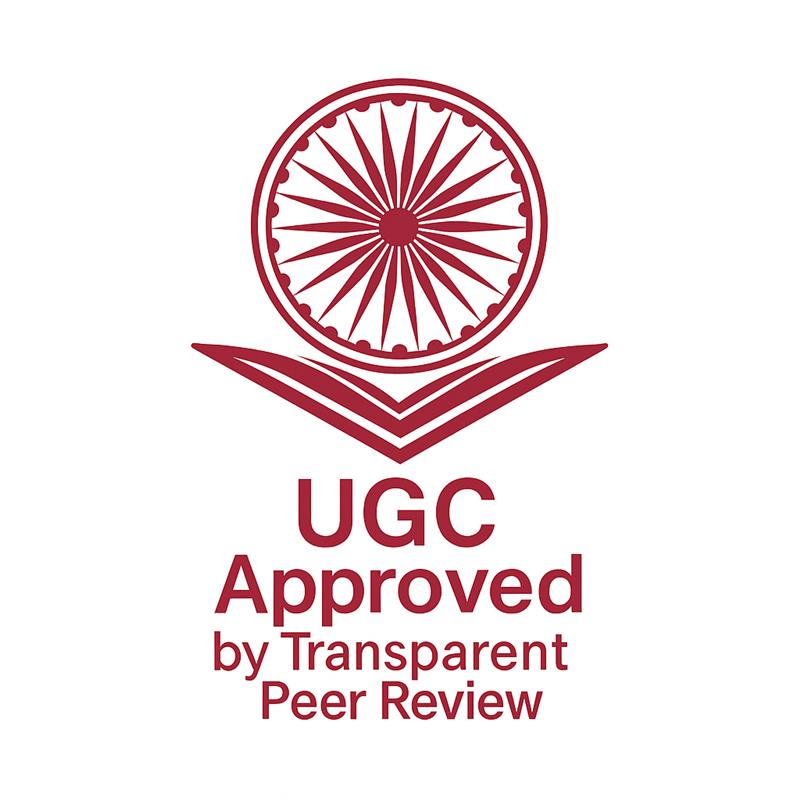Paper Title
MUNICIPAL SOLID WASTE COMBUSTION FOR POWER PRODUCTION
Article Identifiers
Authors
Keywords
RDF, MBT, Combustion.
Abstract
Waste treatment technology is currently a well-developed and sophisticated advancement approach that is subject to regular and comprehensive public scrutiny. In any contemporary and developed culture, improved evolved combustors for waste burning are required. Nowadays, bed combustion on a grate is the most frequent and efficient method of incinerating municipal solid waste and producing electricity and heat. The combustion in these plans is dependent on collection, pre-treatment, the time of year, and other factors. Every automation manufacturer's and operators' goal is to achieve the most precise thermal conversion of calorific energy from waste into electrical power and heat with the least amount of pollution released into the environment. The most common waste material used in the W-t-E process is a collection of components that add up to the trash's calorific value. Paper, cardboard, plastic, foils, textiles, and wood make up this waste stream, which is referred to as "Refuse Derived Fuel" (abbreviated RDF). The municipal solid waste is first processed into RDF at the MBT facility. The results of the investigated materials contained in the RDF are shown in Table 2. The RDF is developed by the MBT plant based on the quality of the waste input stream, their technological capabilities, and their operating permissions. To cut expenses, some operators leave out certain sorting and processing equipment, resulting in coarser, lower-grade gasoline with increased moisture and ash levels. Nonetheless, the RDF should be generated within the restrictions established by the RDF user. These limitations, for example, are shown in Table 4 and were obtained by the authors' testing on a pilot gasification unit. During the thermal treatment of RDF, if limitations are questioned, environmental and/or practical issues may occur.
Downloads
How To Cite (APA)
R.Vinoth Kumar, A.ABDUL RAHMAN, K.T.RISHIDHARAN, S.PRASHANNA, & K.HARISH (May-2022). MUNICIPAL SOLID WASTE COMBUSTION FOR POWER PRODUCTION. INTERNATIONAL JOURNAL OF NOVEL RESEARCH AND DEVELOPMENT, 7(5), 628-632. https://ijnrd.org/papers/IJNRDA001090.pdf
Issue
Volume 7 Issue 5, May-2022
Pages : 628-632
Other Publication Details
Paper Reg. ID: IJNRD_180959
Published Paper Id: IJNRDA001090
Downloads: 000122254
Research Area: Civil EngineeringÂ
Author Type: Indian Author
Country: CHENNAI, TAMILNADU, India
Published Paper PDF: https://ijnrd.org/papers/IJNRDA001090.pdf
Published Paper URL: https://ijnrd.org/viewpaperforall?paper=IJNRDA001090
About Publisher
Journal Name: INTERNATIONAL JOURNAL OF NOVEL RESEARCH AND DEVELOPMENT(IJNRD)
UGC CARE JOURNAL PUBLICATION | ISSN: 2456-4184 | IMPACT FACTOR: 8.76 Calculated By Google Scholar | ESTD YEAR: 2016
An International Scholarly Open Access Journal, Peer-Reviewed, Refereed Journal Impact Factor 8.76 Calculate by Google Scholar and Semantic Scholar | AI-Powered Research Tool, Multidisciplinary, Monthly, Multilanguage Journal Indexing in All Major Database & Metadata, Citation Generator
Publisher: IJNRD (IJ Publication) Janvi Wave | IJNRD.ORG | IJNRD.COM | IJPUB.ORG
Copyright & License
© 2025 — Authors hold the copyright of this article. This work is licensed under a Creative Commons Attribution 4.0 International License. and The Open Definition.
You are free to share, adapt, and redistribute the material, provided proper credit is given to the original author. 🛡️ Disclaimer: The content, data, and findings in this article are based on the authors’ research and have been peer-reviewed for academic purposes only. Readers are advised to verify all information before practical or commercial use. The journal and its editorial board are not liable for any errors, losses, or consequences arising from its use.

Publication Timeline
Article Preview: View Full Paper
Call For Paper
IJNRD is a Scholarly Open Access, Peer-Reviewed, Refereed, and UGC CARE Journal Publication with a High Impact Factor of 8.76 (calculated by Google Scholar & Semantic Scholar | AI-Powered Research Tool). It is a Multidisciplinary, Monthly, Low-Cost, and Transparent Peer Review Journal Publication that adheres to the UGC CARE 2025 Peer-Reviewed Journal Policy and aligns with Scopus Journal Publication standards to ensure the highest level of research quality and credibility.
IJNRD offers comprehensive Journal Publication Services including indexing in all major databases and metadata repositories, Digital Object Identifier (Crossref DOI) assignment for each published article with additional fees, citation generation tools, and full Open Access visibility to enhance global research reach and citation impact.
The INTERNATIONAL JOURNAL OF NOVEL RESEARCH AND DEVELOPMENT (IJNRD) aims to advance applied, theoretical, and experimental research across diverse academic and professional fields. The journal promotes global knowledge exchange among researchers, developers, academicians, engineers, and practitioners, serving as a trusted platform for innovative, peer-reviewed journal publication and scientific collaboration.
Indexing Coverage: Google Scholar, SSRN, ResearcherID-Publons, Semantic Scholar (AI-Powered Research Tool), Microsoft Academic, Academia.edu, arXiv.org, ResearchGate, CiteSeerX, ResearcherID (Thomson Reuters), Mendeley, DocStoc, ISSUU, Scribd, and many other recognized academic repositories.
How to submit the paper?
By Our website
Click Here to Submit Paper Online
You can now publish your research in IJNRD. IJNRD is a Transparent Peer-Reviewed Open Access Journal Publication (Refereed Journal), aligning with New UGC and UGC CARE recommendations.
For more details, refer to the official notice: UGC Public Notice
Submit Paper Online
Important Dates for Current issue
Paper Submission Open For: December 2025
Current Issue: Volume 10 | Issue 12 | December 2025
Impact Factor: 8.76
Last Date for Paper Submission: Till 31-Dec-2025
Notification of Review Result: Within 1-2 Days after Submitting paper.
Publication of Paper: Within 01-02 Days after Submititng documents.
Frequency: Monthly (12 issue Annually).
Journal Type: IJNRD is an International Peer-reviewed, Refereed, and Open Access Journal with Transparent Peer Review as per the new UGC CARE 2025 guidelines, offering low-cost multidisciplinary publication with Crossref DOI and global indexing.
Subject Category: Research Area
Call for Paper: More Details
Approval, Licenses and Indexing: More Details

 :
: 




